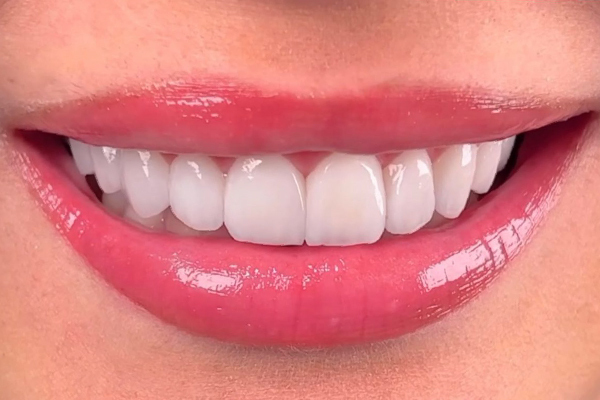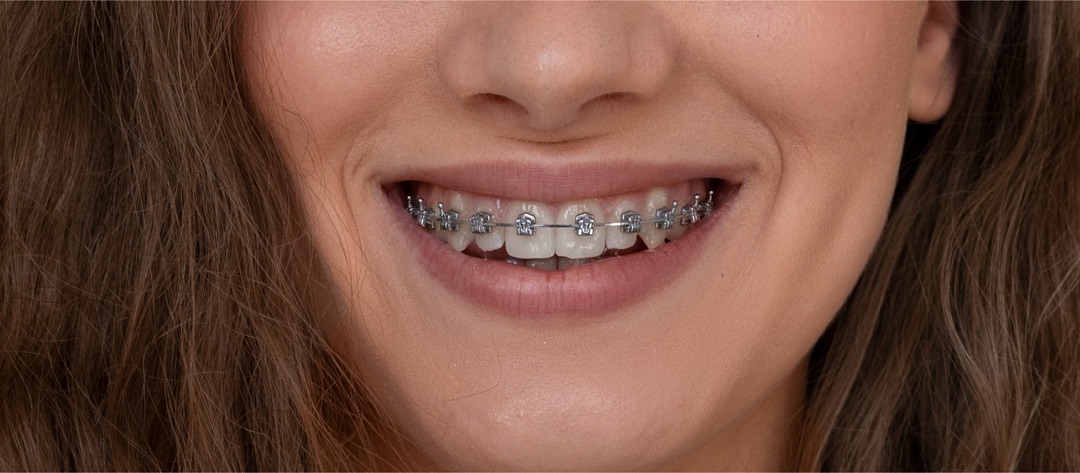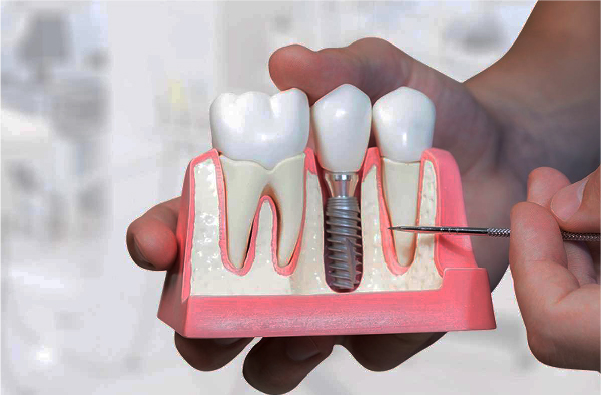Restoration of Teeth Using Ceramic Crowns

The recovery of teeth using ceramic crowns involves placing ceramic caps over damaged or weakened teeth to restore their function, appearance and strength. They are custom-made to match the color, size and shape of the natural teeth, providing a good-looking and durable solution for tooth restoration. These cosmetic dental crowns are commonly used in both restorative and cosmetic dentistry to improve the overall health and appearance of the smile. Here's the general process for restoring damaged tooth with dental crown. The damaged tooth is prepared by removing any decayed or weakened areas and reshaping it to accommodate the crown. This may involve removing a portion of the outer layer of the tooth to create space for the crown An impression of the prepared tooth is taken using dental putty or digital scanning technology. This impression will be used to create a custom-made dental crown that fits perfectly over the tooth If the permanent crown will take some time to be fabricated in a dental laboratory, a temporary crown may be placed over the prepared tooth to protect it until the permanent crown is ready The impression of the tooth is sent to a dental laboratory where skilled technicians will fabricate the ceramic crown Once the ceramic crown is ready, it is checked for fit and appearance. Once the fit is confirmed, the ceramic crown is permanently cemented onto the prepared tooth using dental adhesive or cement After cementation, the dental crown is polished to smooth out any rough edges and ensure a natural appearance After the restoration is complete, the damaged teeth are effectively protected and restored with the cosmetic dental crowns, providing both functional and aesthetic benefits. Types of ceramic restorations - from veneers to crowns. Here are the types of ceramic restorations, ranging from veneers to crowns Ceramic crowns are the type of cosmetic dental crowns that cover the entire visible portion of a damaged or weakened tooth․ Inlays and onlays are ceramic restorations that are used to repair teeth with moderate levels of damage or decay. Inlays fit within the cusps of the tooth, while onlays extend over one or more cusps․ Dental bridges are used to replace one or more missing teeth by anchoring artificial teeth between two dental crowns or implants Veneers are thin shells that are bonded to the front surface of teeth to improve their appearance. They are commonly used to correct cosmetic issues such as stains, chips, cracks, or gaps between teeth Each type of ceramic restoration has its own indications and benefits, and the choice depends on the specific needs and condition of the patient's teeth. Our dentists will assess the individual case and recommend the most appropriate type of restoration. The advantages of restorations. And now we will talk about the advantages of ceramic restorations Indications and contraindications. Indications are Contraindications are In MaryClinic dental center in Yerevan, You can find caring and kindhearted doctors who will be able to answer all of Your questions and thanks to them You can get a beautiful smile You’ve dreamed about.
Preparation of the toothImpression of the tooth
Temporary crown (if necessary)
Fabrication of the ceramic crown
Fitting and adjustment
Final polishCeramic Crowns
Inlays and Onlays
Dental Bridges
Dental Veneers







